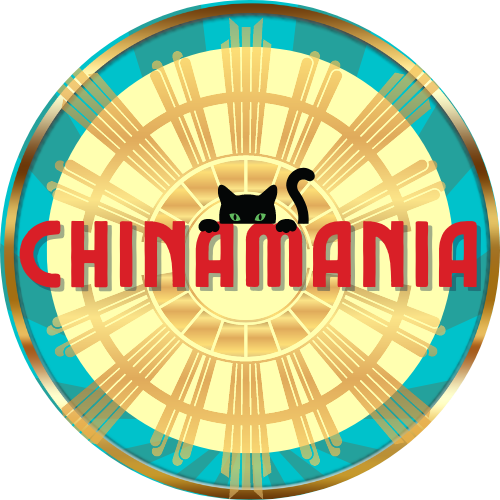Beyond the acknowledgement that any china made in the USSR (when it was the USSR) is really quite special, Chinamania focuses on porcelain made by the famous Lomonosov factory which was once the Imperial Porcelain Factory - founded in 1744 in St. Petersburg under the decree of the daughter of Empress Peter the Great. It was the first porcelain factory in Russia and the third in Europe.
The name of the city of St. Petersburg was changed to Leningrad after the Russian Revolution, and the factory became known as the Leningrad Lomonosov Porcelain Factory in 1925.
Collectors should be looking the ЛФЗ stamp in red (which denotes first quality, vs. blue which means second), accompanied by the words Made in USSR. Sometimes the USSR words are not there (but it was still made in the USSR). Otherwise the stamp Made in Russia will be present; this means it was made after the dissolution of the USSR. Occasionally you will also find stamp bearing the words Imperial Porcelain factory. Ironically this means it is a more modern piece as pieces made by the original Imperial Porcelain Factory have a different stamp bearing a crown (see below).
My favourite (and one reason why there are more of them than any other here) is the tulip model by Serafima Yakovleva which she created in 1936. This form became the most famous in the "Cobalt Net" pattern by Anna Yatskevich. The Modern Imperial Porcelain factory sells one teacup with this design for USD185 , so if you find USSR teacups for less than this you're getting a good price ;)
Translation of Cyrillics:
- сделано: Made
- B: preposition meaning "in"
- CCCP: abbreviation for USSR (1922-1991)
- ЛФЗ: abbreviation LFZ for “Lomonosov Farfor Zavod” (Lomonosov Porcelain Factory)
| Imperial Porcelain Factory (pre-1922) | Lomonosov USSR (red) | Lomonosov Russia (post 1991) | New Imperial Porcelain |
 |
 |
 |
 |
| Fake Imperial Porcelain | Lomonosov USSR (Cyrillic) | Lomonosov USSR (blue) | |
 |
 |
 |
